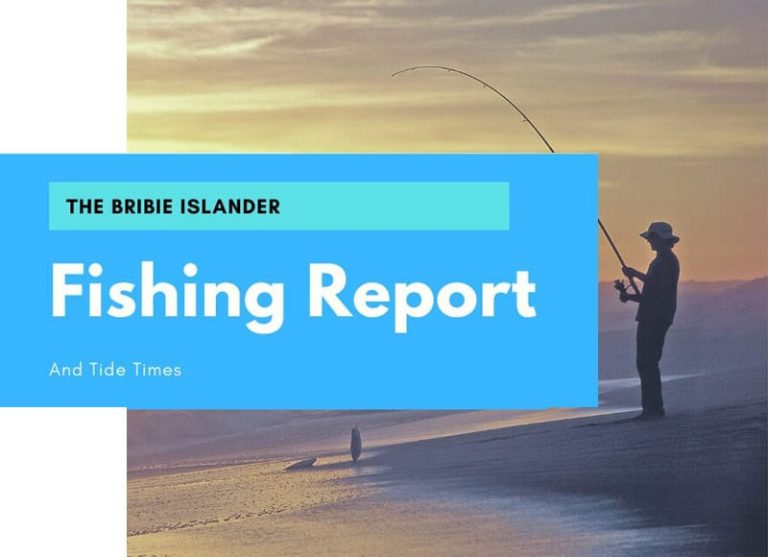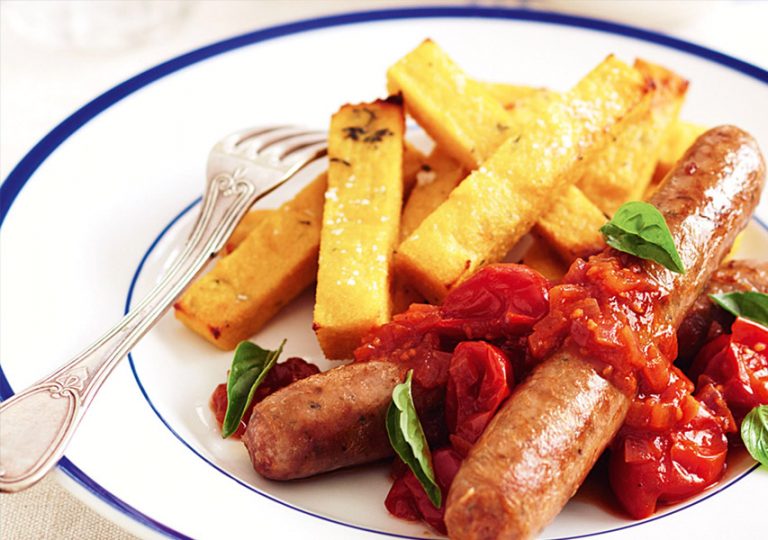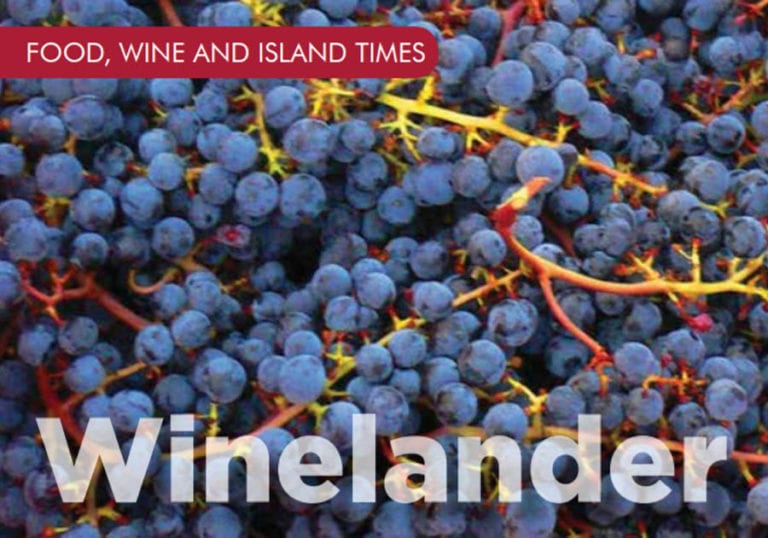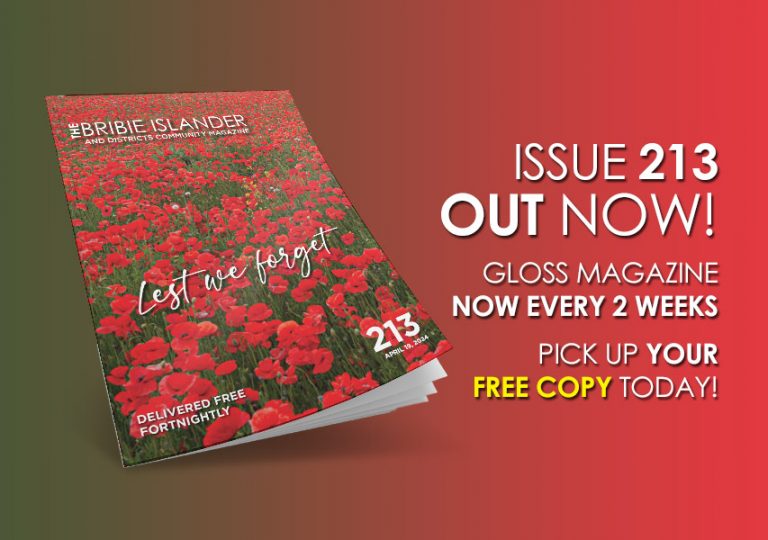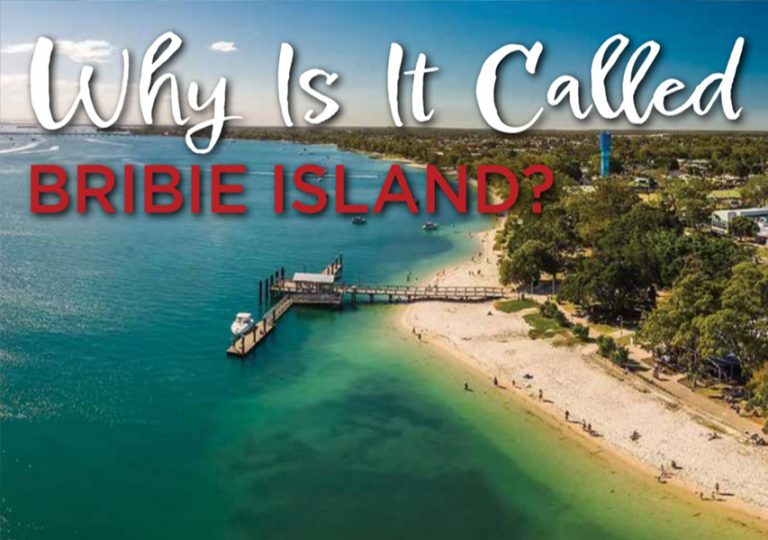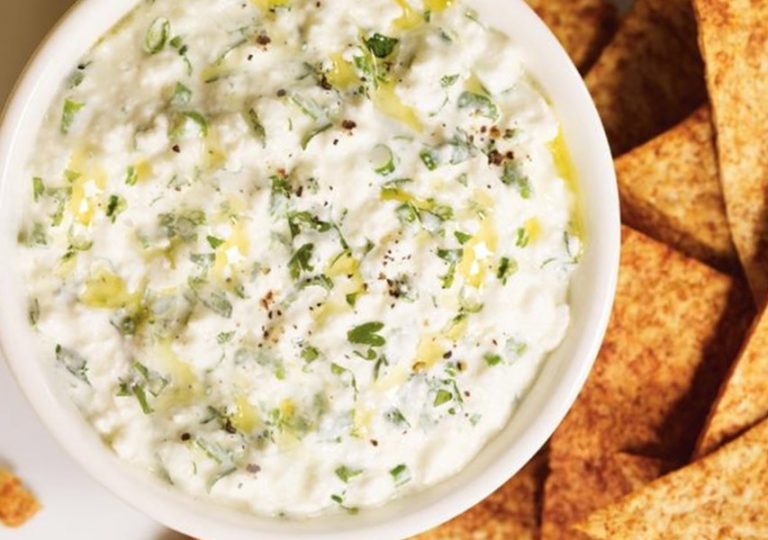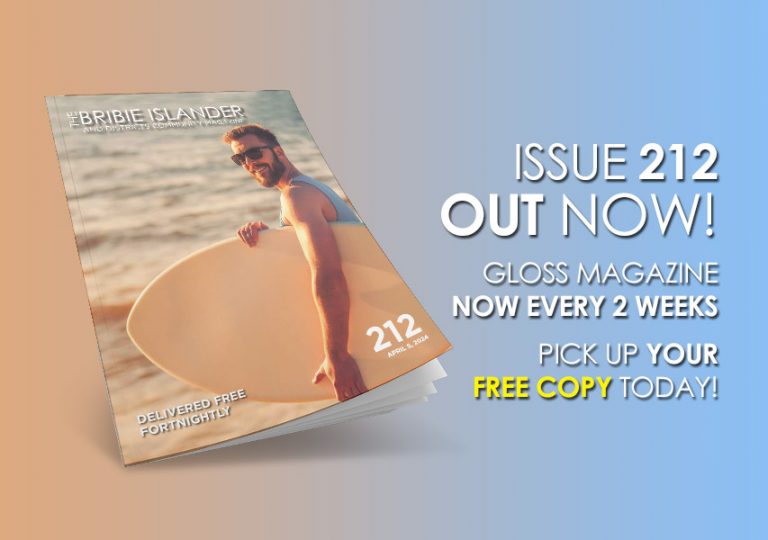Barry Clark, Bribie Island Historical Society
This is a frequently asked question, and it isn’t easy to give a short and accurate answer as there have been many different names and spellings over the years.
We know the origin and meaning of many places in this area, such as Caboolture, Eumundi, Deception Bay, Redcliffe, Godwin Beach, Toorbul Point and Petrie. However, the exact origin of the name BRIBIE Island remains unclear.
Matthew Flinders first explored Moreton Bay in 1799, naming Skirmish Point and Pumicestone River, not knowing this was an island.
In September this year, the 200th anniversary of establishing Moreton Bay Penal Colony at Redcliffe in 1824 will be celebrated. The Penal Colony was relocated up the Brisbane River to the current site of Brisbane, initially named Edenglassie, then Brisbane for the Governor of NSW.
Two years before that, in 1822, three Sydney castaway convicts spent many months traversing the bay and crossing that large river before living among the natives of this island. The following year, surveyor Lt. John Oxley found and rescued these castaway convicts when exploring Moreton Bay for a new Penal Colony site.
In 1836, Lt. Charles Otter wrote of a trip to BREIBY’S Island, where he encountered two survivors of the Stirling Castle wrecked off Fraser Island, including Eliza Fraser, after whom the island was later named. In a subsequent book, “Shipwreck of the Sterling Castle,” a transcript of Lt. Otters’ letter refers to him going to BRISBANE island, and the 1846 Shipping Gazette also refers to a survey of BRISBANE island.
In 1837, the Commandant of the Penal Colony reported that members of BRIBEY’S tribe had come to Brisbane with information about bushrangers roaming the district. In December 1838, an article in the Sydney Australian reported that “a man named Woorgan of the BRIBEES island tribe attacked a man who had stolen a young gin.
In 1842, surveyor Robert Dixon produced a map showing BRIBIES island. In 1843, the explorer Ludwig Leichhardt visited what he called BRIEVES island with the Archers from Durundur and mentioned Simon from BRIEVES island. In 1845, the Sydney Morning Herald reported that surveyor Barnett and Cpt. Wickham surveyed BRIBIE’S Island, and in 1846, Cpt. Wickham produced a map showing BRIBIE’S Island. In 1851, the Moreton Bay Courier reported that the black “Dundali” was involved in several depredations, and a warrant was issued for the apprehension of 7 aboriginal natives of BRIBIE’S Island identified as the murderers of Charles Gray.
Twelve years later, in 1863, a printed colour Atlas showed it named BRISBANE island.
TIME GOES BY
It was 40 years later, in 1904, Tom Petrie, whose father had been building superintendent at the Penal Colony,dictated his book “Reminiscences of Early Queensland” to his daughter Constance Campbell Petrie, in which he says…. “In those days, there was a prisoner among the others who made baskets for the Government called Bribie, the basket maker. He was not chained and was allowed to go about in a boat to get cane from the scrubs for his work. It was from this man BRIBIE, my father thinks, that BRIBIE ISLAND got its name. He cannot remember distinctly on this point but has some vague recollection of a connection between the man and the island whether he was blown ashore there or what, he does not know.
Thomas Welsby was next to contribute to the story. A prominent Businessman, author, sportsman, President of the Royal Historical Society of Queensland and Amateur Fisherman’s Association member. He wrote several books about history and fishing and had a house on the island, and Welsby Parade is named after him. In 1937, at the age of 79, he wrote the book “Bribie the Basket Maker” in which he states:
Yes, it is of BRIBIE, the Basketmaker, to whom I refer, the merry Moreton Bay fish-hawking convict. Bribie was a convict, which is a positive historical fact. Whether that was Christian or surname, I cannot tell. There is evidence and probability of his having arrived here about 1830.
One year later, in 1938, in a letter to the Editor of the Courier Mail, Thomas Welsby admitted to his lack of true and personal information that he had written.
Dear Sir …In my recently published Bribie the Basket Maker, I made every attempt to prove that the island of BRIBIE was named after a convict who had been given the sobriquet mentioned in the book. My chief reference was naturally that of the Petrie family, who arrived in Moreton Bay in August 1837. One can read it on page 237 of Tom Petrie’s Reminiscences. It was from this man Bribie, my father thinks, that Bribie Island got its name.
about old Moreton Bay languages in which he says:
While on a visit to Moreton Island, the Blacks pointed across the Bay at the island, which they called BOORABEE and the people there JOONDABURRIE. I took down both names at the time. BOORABEE was the name of the native Bear, and I have always been inclined to believe that was the real name of the island. It was not named after an old convict named BRIBIE, who appears to have been, more or less, a mythical person.
SO MANY NAMES.
The Moreton Bay Penal Colony commenced in Brisbane in May 1825 and closed in 1842. The extensive Penal Colony records do not record any Convict with a name like BRIBIE, BREIBY, BRIBIES, BREEBY, BRIEVES, BRIBY, or any similar-sounding name.
BOROBI means Koala in the language of the Gold Coast Yugumbeh people, including several SE Queensland and NE NSW clans who spoke similar dialects. It does sound a bit like Bribie. Is it possible that Capt. Bingle proposed the name BRISBANE Island after his initial visit in 1823 and to honour the official visit by Governor BRISBANE in 1824.
Many historical typos and errors have happened between mouth, pen and paper, including our own Moreton Bay, which was named by James Cook after Lord MORTON, without the E, which was a transcription error when Cooks’s notes, and Maps were drawn up later. With so many different people mentioning this island, literate and illiterate, over many years with different backgrounds, accents and writing capabilities, it may explain how the various names for the island were used over time. What do you think?
The name and spelling of BRIBIE island has been used for over 100 years. However, there is quite a lot of evidence to suggest that whatever you heard or may believe may not be totally correct. I expect this article to result in some different views being expressed. I am not claiming to be right……just giving the facts.
